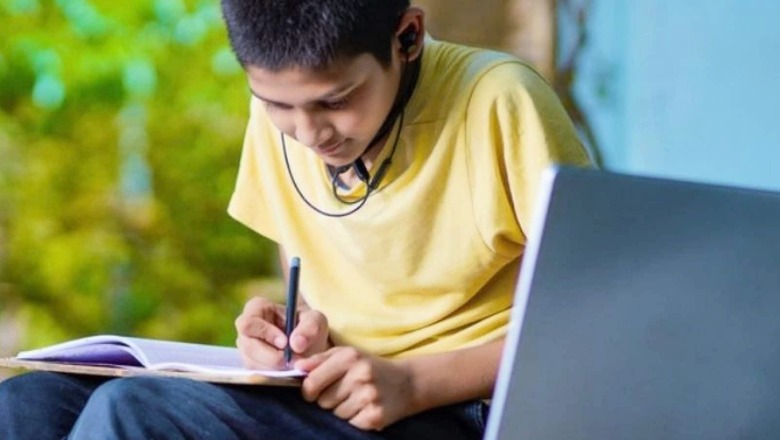
views
Only 25 per cent of enrolled school-aged children accessed education during school closures in Delhi, despite high levels of internet connectivity, reveals a survey conducted by policy think tanks LIRNEasia and ICRIER. As many as 84 per cent of households in the national capital had an internet connection, this is 22 percentage points higher than the national average.
Although the survey claimed, that the high level of household connectivity in Delhi helped it to better adapt in certain aspects during the COVID-19-induced lockdowns, it did not translate to gains in education.
Read | Your Dream internship is Here, 1-day Internship at OnePlus, JioSaavn & Rapido Auto
Only 25 per cent of school-aged children had any access to formal education during school closures in Delhi. In contrast, 40 per cent had access to education in Tamil Nadu. Access was even low amongst the households with internet connectivity, indicating that while internet connectivity helped enable access to education, it did not guarantee it.
The survey added that, Delhi however had higher levels of household connectivity was seen enabling 19 per cent of Delhi’s employed residents to work from home during what they considered the most severe lockdown. This was nearly double the national average of 10 per cent as well that of states such as Tamil Nadu and Maharashtra.
Use of Telemedicine in Delhi Greater Than National Average
Further use of telemedicine in Delhi was greater than the national average — 45 per cent of those the Delhi’s population aged who required access to healthcare during what they considered the most severe lockdown used online health consultations services, as opposed to the national average of 38%.
The survey findings were released at a virtual launch event conducted on 12 November 2021, which included a panel discussion with leading government, private sector and civil society representatives. Panelists included Dr. Jaijit Bhattacharya (President, Centre for Digital Economy Policy Research), Abhishek Singh (President & CEO, National e-Governance Division, Ministry of Electronics and Information Technology), Nishanth Baghel (Director of Technology Innovations, Pratham) and Helani Galpaya (CEO, LIRNEasia). The discussion was moderated by Dr. Rajat Kathuria (Senior Visiting Professor, ICRIER).
Read | UP Govt to Transfer Money For School Uniform, Bags to 60 Lakh Students By November-end
The research was conducted by LIRNEasia and ICRIER, and funded by IDRC through a joint grant given to three regional think tanks. The nationally representative sample for the survey consisted of 7,000 households across India including 350 villages and wards. The data also allows for disaggregation by urban/rural divide, gender and socio-economic classification at the national level and at the state level for 4 focal states, Delhi, Assam, Tamil Nadu, and Maharashtra.
Read all the Latest Education News here




















Comments
0 comment